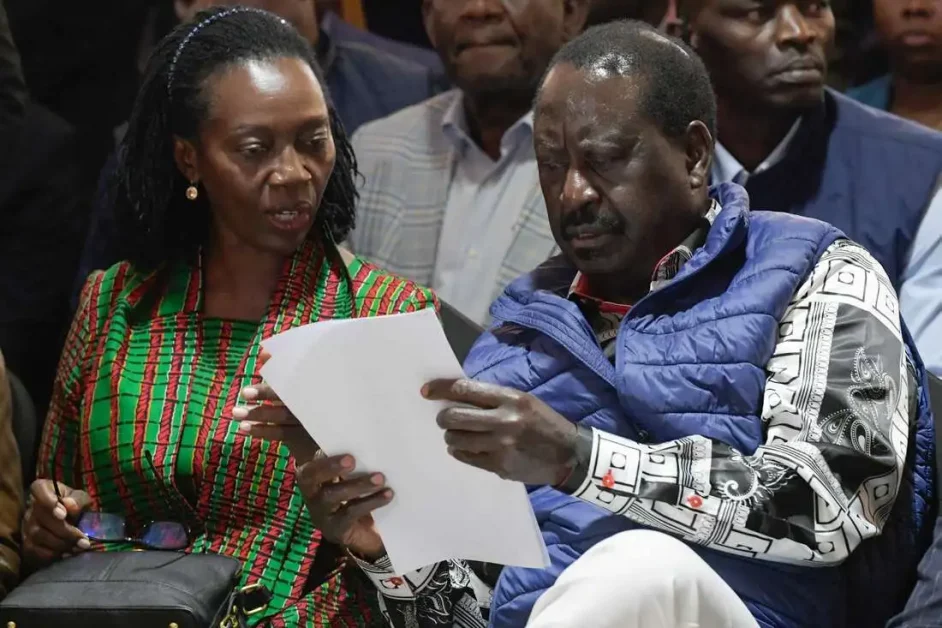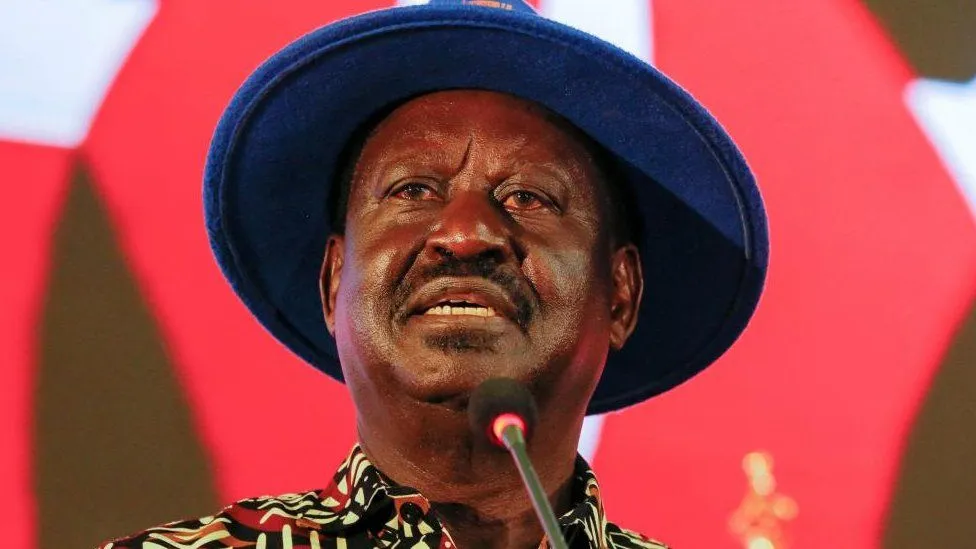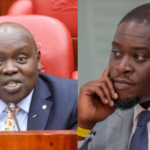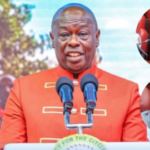On the grounds of lack of evidence and document falsification in the Azimio La Umoja fiction, the Supreme Court judges led by Chief Justice Martha Koome unanimously dismissed the presidential election petitions contesting William Ruto’s victory.
The Supreme Court dismissed the nine grounds filed by the Azimio La Umoja Presidential candidate Raila Odinga and other six petitioners.
The ruling that Dr. Ruto, who garnered 7.2 million votes, or 50.49 percent of all ballots cast, was legitimately elected.

However, the Supreme Court verdict in upholding Ruto’s Victory clears the way for his inauguration as the country’s fifth president the following on Tuesday September 13.
Chief Justice Martha Koome read the judg,ment on behalf of her colleagues Deputy Chief Justice Philomena Mwilu and justices Njoki Ndung’u, Isaac Lenaola, Smokin Wanjala, Mohammed Ibrahim and William Ouko.
Subscribe to our YouTube Channel at Switch TV
According to the court, the petition was partially based on lies told by some lawyers and fabricated internet diaries kept by a witness.
The judges expressed their dismay that sworn affidavits contained misleading evidence.
“Affidavits filed in court must only deal with facts, swearing to falsehoods is a criminal offence,” CJ Koome said as she referred to lawyers Celestine Opiyo, Arnold Ochieng Oginga and former corruption czar John Githongo’s affidavits.
Uploading and transmission of Form 34As
In response to assertions partaining the uploading and transmission of form 34As on IEBC public portal, the Court ruled out that the petitioners had not shown any convincing evidence.
“The court found that there was no difference between the Forms 34A uploaded on the IEBC public portal with those received at the National Tallying Centre, and those issued to candidates’ agents at the polling stations,” the CJ said.
Mr. Odinga claimed that results were altered and Forms 34A from voting stations were intercepted and manipulated before being uploaded at the public portal.
The court also rejected Mr. Odinga’s claim that voter suppression occurred as a result of the postponement of the gubernatorial elections in the counties of Kakamega and Mombasa. He said that the regions impacted by the delay were his strongholds.
However, the court determined that the IEBC chairperson had the necessary capacity to postpone elections in the pertinent constituencies, counties, and wards under Section 55B of the Elections Act 2011.
The court also determined that there was insufficient evidence to support Mr. Odinga’s claim that voter suppression occurred as a result of the postponement.
Attainment of 50+1% votes
According to Article 138(4) of the Constitution, President-elect Ruto must have received 50% plus one vote of all votes cast in order to win. The court determined that the IEBC’s computations were accurate.
According to CJ Koome, the petitioners and the Law Society of Kenya (LSK) were unable to persuade the judges to change their stance on the inclusion of invalid ballots in the calculation of the total number of votes cast.
“The premise of the petitioner’s computation of percentages was a press briefing from [Mr] Chebukati. The assertion by the sixth petitioner (Okiya Omtatah) was negated by evidence submitted by IEBC in court. The court finds that no evidence was submitted to show that William Ruto did not attain the 50 per cent plus one vote requirement,” said the CJ.
However, the judges concluded that there were no significant anomalies or illegalities that would have changed the outcome results of the presidential election.
Regarding whether the technology deployed by IEBC for the conduct of the General Election met the standards of integrity, verifiability, security and transparency to guarantee accurate and verifiable results, the court was not persuaded that the technology failed the requisite tests.
“Upon considering the pleadings, submissions, and the ICT scrutiny and inspection, tallying and recount report by the registrar, who fully examined the IEBC’s Result Transmission System (RTS), the court was not persuaded that the technology deployed by the IEBC failed the standard of Article 86 (a) of the Constitution on integrity, verifiability, security and transparency,” CJ Koome said.
Stray votes
The commission also attributed the difference to rejected votes and stray votes.
“The well-established principle that the person who asserts a fact must prove it, casts the burden upon the petitioner to demonstrate that there were instances of ballot stuffing of such a magnitude to justify nullification of the presidential election,” the court said.
“Ballot stuffing, which is an illegal addition of extra ballot papers, is type of an electoral fraud aimed at swinging the results of an election towards a particular direction.”
“Not a single document has been presented by the petitioner to prove systematic ballot stuffing. A figure of 33,208 votes relied on in this claim is based on unproved hypothesis. That since the votes of President is higher than the other seats, then that there must be fraud,” the court stated.
Githongo’s affidavit
“The contents of John Githongo’s affidavit, which may contain forgeries, are dismissed for not meeting evidential threshold,” said the CJ, referring to the document that purported to demonstrate claims of hacking of poll systems.
In the affidavit, lawyer Githongo described in court the story of a young guy who claimed to be one of 56 hackers hired to steal Forms 34A that contained polling station results that the Independent Electoral and Boundaries Commission (IEBC) was releasing on its public portal.
The court highlighted that despite the IEBC’s splits, which led to four commissioners rejecting the chairman Wafula Chebukati’s findings, the conflict looked to have started at the very end of the election process and could not, therefore, justify annullment of the presidential results.
















